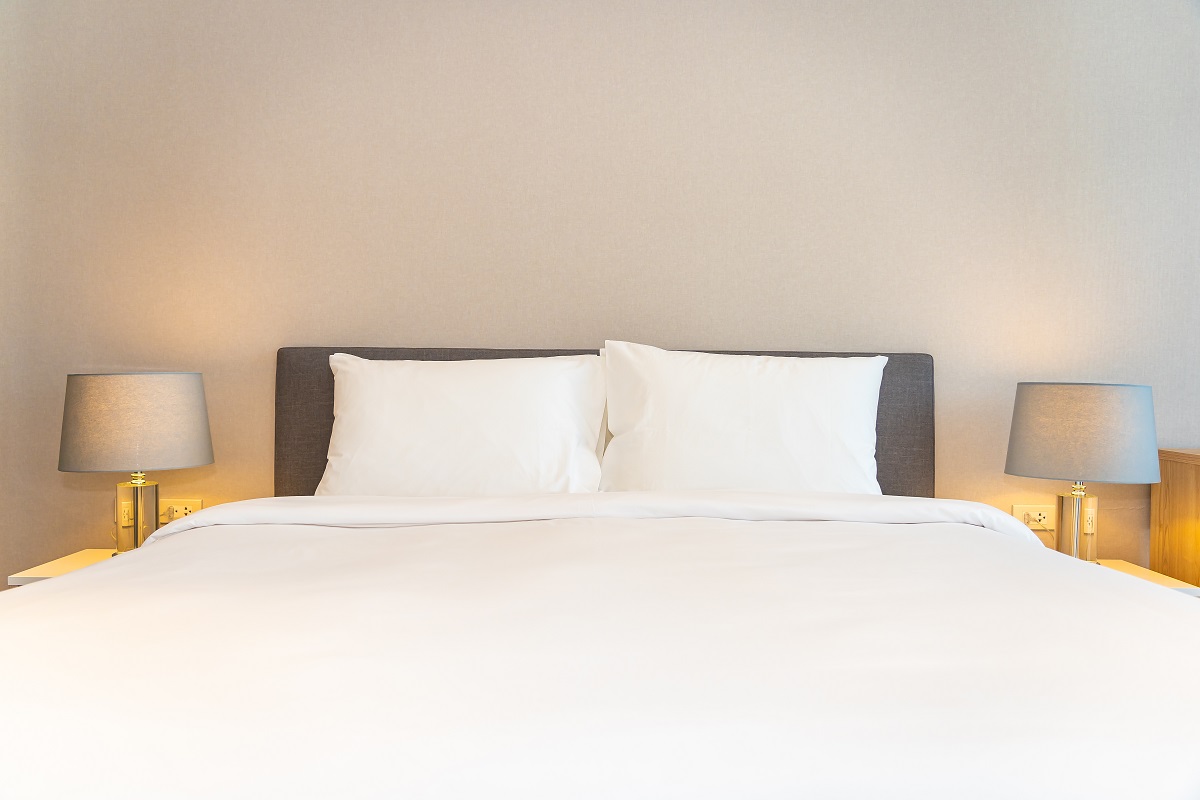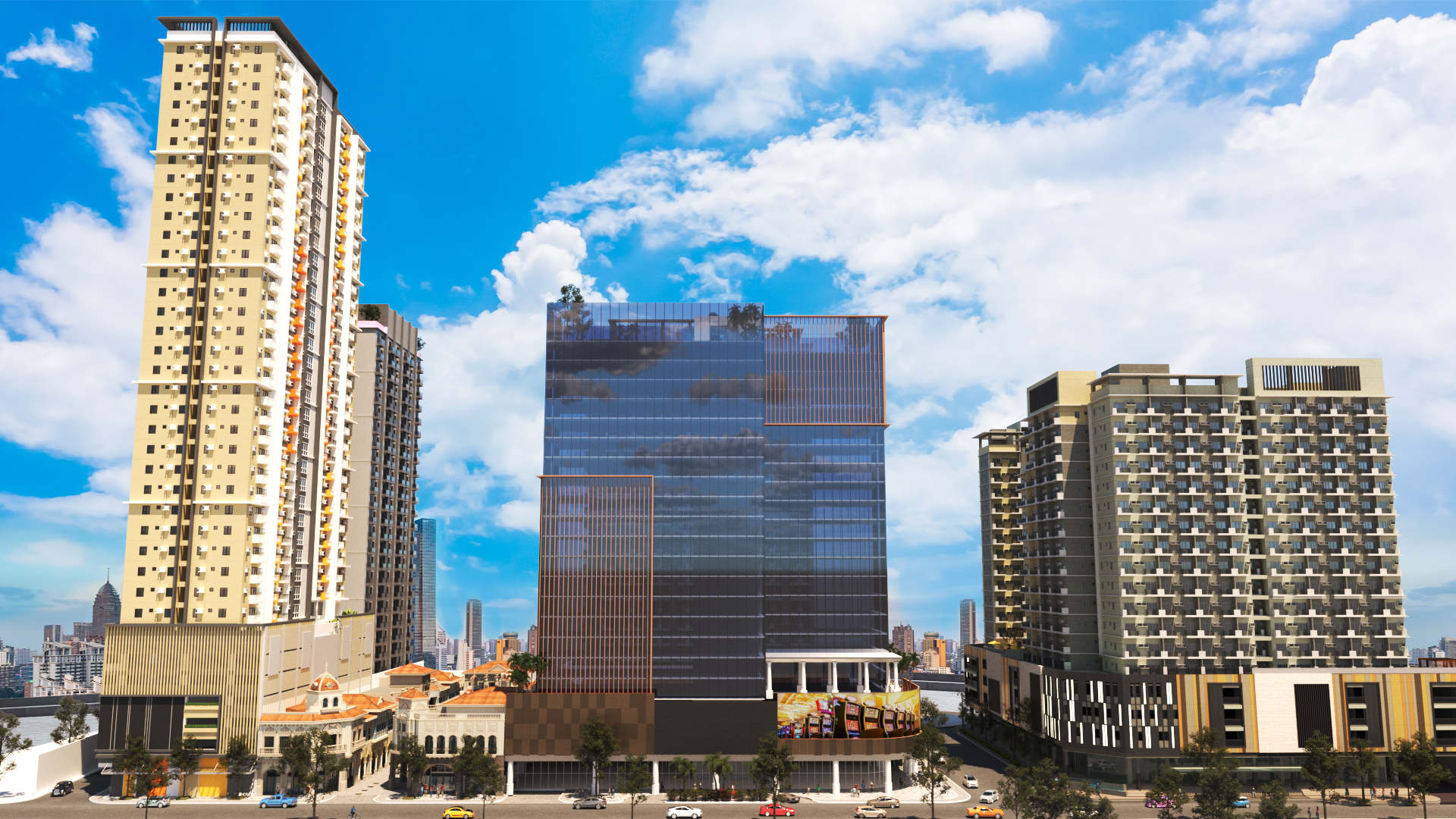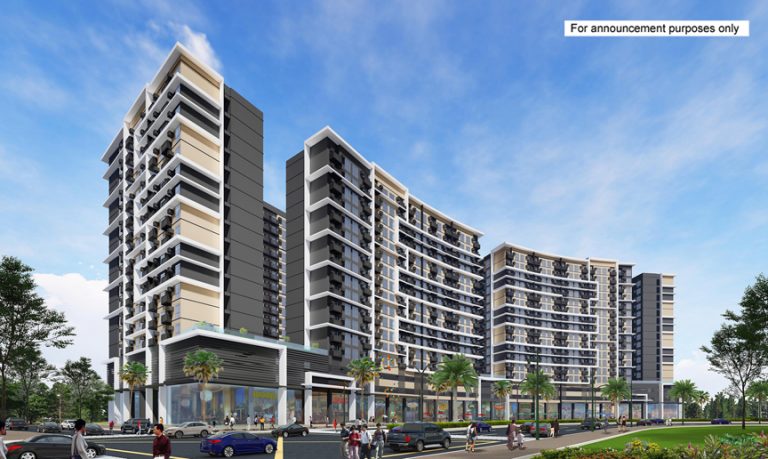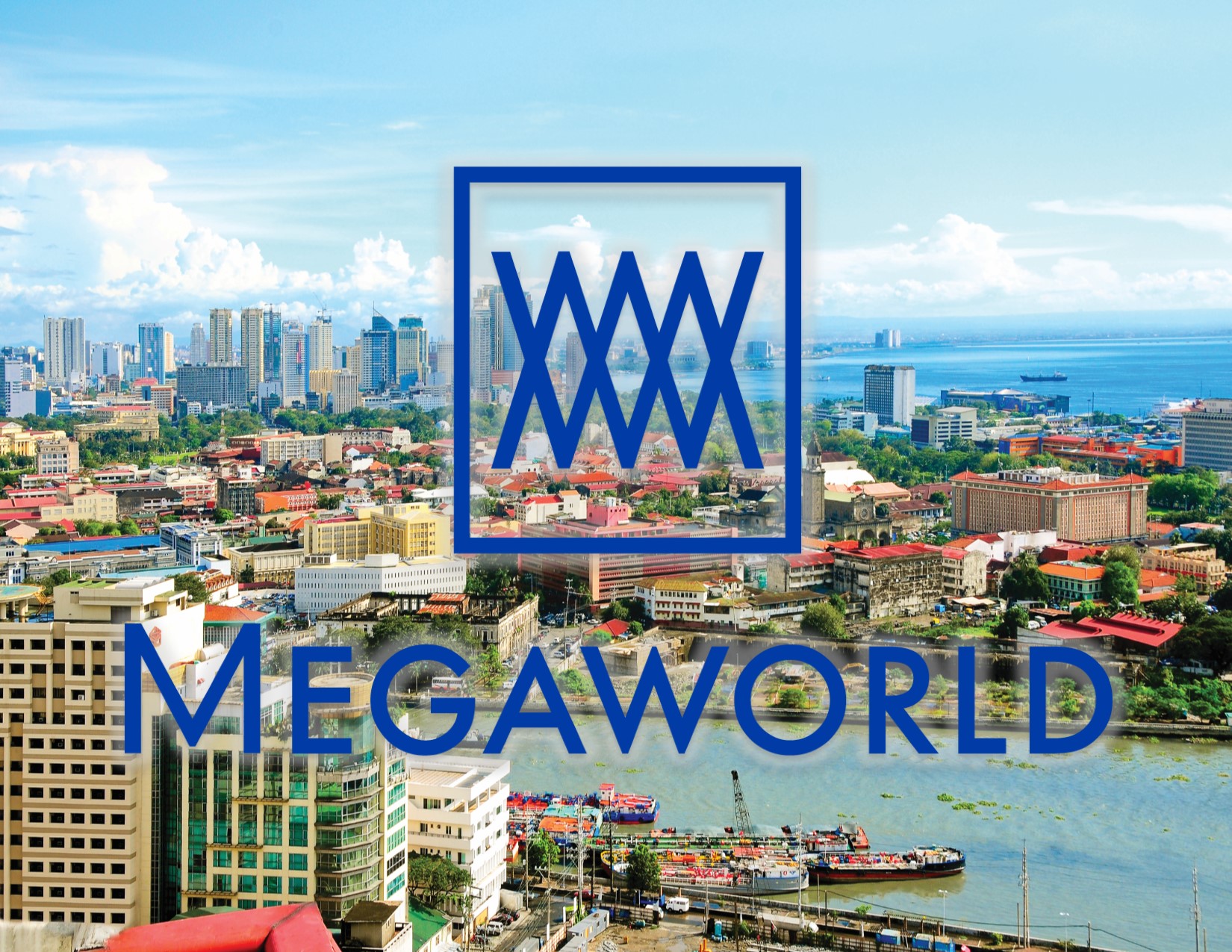What do you need to know about the cost of living in Manila?
- The cost will depend on the city
- Housing expenses
- Food expenses
- Transportation expenses
- Healthcare expenses
- Additional expenses
- The estimated breakdown of expenses
Most people dream of the day when they finally live in their own house at a fantastic location. Achieving that dream can be a challenge, especially when you consider the money you have in your savings. But what if there was a way to live comfortably without breaking the bank? Tourists, retirees, and expats find the cost of living in Manila incredibly attractive for residential purposes.
The Philippines is a country that is known for its pristine beaches, unique biodiversity, and fluent English-speaking locals. With much to offer for foreigners seeking a low-cost yet comfortable life, it is an exotic tropical haven.
Whether you are retiring, temporarily relocating for a job, or moving to the area for good, here is what you need to know about the cost of living in Manila.
The Cost Will Depend On the City
Manila is a highly urbanized city that houses a cluster of developed areas. In general, you’ll find living here affordable. However, this will always depend on the city you choose to reside in.
For a big city lifestyle, Manila, Taguig, Makati, and Quezon City delivers all the hustle and bustle. These are the ideal address of choice because of the nearby essential establishments such as hospitals, business hubs, government offices, retail malls, restaurants, nightlife spots, and the like.
Given the easy access to commercialized spaces, it’s only natural that the cost of living may range higher than in the smaller areas.
Housing Expenses

The housing expense will depend on the size of the property. If you plan on renting in Manila, the cost may range from cheap to moderate. This price may also increase if you are close to the city center. Here’s an average monthly cost of rent in Manila:
- Large Condominium – $1,250 – $1,800 / ₱60,000 – ₱90,000
- Medium Condominium – $620 – $1,200 / ₱30,000 – ₱60,000
- Small Condominium – $350 – $520 / ₱17,000 – ₱25,000
While rent over $600 is manageable on a $1,000 budget, you can always go for a smaller condominium with one bedroom if you don’t have a family. As for utilities, the cost is generally very reasonable. This is especially true if you avoid around-the-clock air conditioning. Utility costs will include electricity, water, and garbage disposal. In Manila, utilities can average at $118 or ₱5,600 per month.
Food Expenses
If you dine in most of the time at home and stick to Filipino branded products, you won’t have a problem eating well with less than $175 or ₱8,400 per month. Many common food items for the foreign diet are cheap and widely available in Manila. Here is an approximate breakdown of common food expenses:
- A dozen eggs – $2.35 / ₱113
- 500 grams of boneless chicken breasts – $3.12 / ₱150
- 1 kilo of rice – $1.12 / ₱54
- Bread per loaf – $1.35 / ₱65
- 500 grams of locally produced cheese – $2.91 / ₱166
- 1 kilo of potatoes – $2.25 / ₱108
- 1 kilo of apples – $4.10 / ₱197
- 2 liters of soda – $1.90 / ₱91
- 1 liter of whole fat milk – $1.85 / ₱89
- 1 liter of water – $0.31 / ₱15
Transportation Expenses

Manila, being a central city, offers a variety of public transportation choices: taxis, light rail transit, bus, jeepney, motorized tricycles, and UV Express.
If you have your car or hire a carpooling service, it would be easier to travel to all parts of the metro. Just remember that traffic congestion is rampant in the area. You can choose to live in a residential property that is nearby every establishment for utmost convenience.
Here is an estimated breakdown of the transportation expenses in Manila:
- Brand-new typical sedan – $20,700 / ₱1,000,000
- 1 liter of gas – $1.04 / ₱50
- One way trip on a tricycle – $0.17 / ₱8
- One way trip on a bus – starts at $0.25 / ₱12
- Monthly ticket public transport – $33 / ₱1,561
- Taxi trip – starts at a flag-down rate of $0.83 / ₱40
Healthcare Expenses
Manila has easy access to first-rate hospitals with modern equipment and medical professionals. PhilHealth is the public health insurance option in the country. Policies are also available from private insurers. Typically, a general clinic checkup will cost $12.48 / ₱600. On the other hand, common cold medicines that last a week can cost $3.74 / ₱180.
Additional Expenses

Additional living expenses that include personal hygiene products and household cleaning products are generally inexpensive in the Philippines. Items such as clothing and home decor items can be cheap too — provided that you shop wisely and purchase from local brands. If you want to search for entertainment sources, there are also plenty of clubs and malls found in Manila.
Here is an estimated breakdown of some expenses:
- 50ml deodorant – $2.35 / ₱113
- 12 oz. shampoo – $3.66 / ₱176
- Tube of toothpaste – $1.81 / ₱87
- Standard haircut for men – $4.16 / ₱200
- 2 movie tickets – $12 / ₱576
- Dinner for two in a pub – $25 / ₱1,206
- 1 cocktail drink in a bar – $7 / ₱342
- A bottle of domestic beer – $0.94 / ₱45
- 1-month gym membership – $38 / ₱1,830
- Monthly broadband internet connection – $37 / ₱1,800
Key Takeaway
Given the rapid economic growth and unique biodiversity of Manila, more and more people are eyeing to reside in the area. If you want to know about the cost of living in Manila, you can take a look at this guide for the estimated breakdown of expenses.


